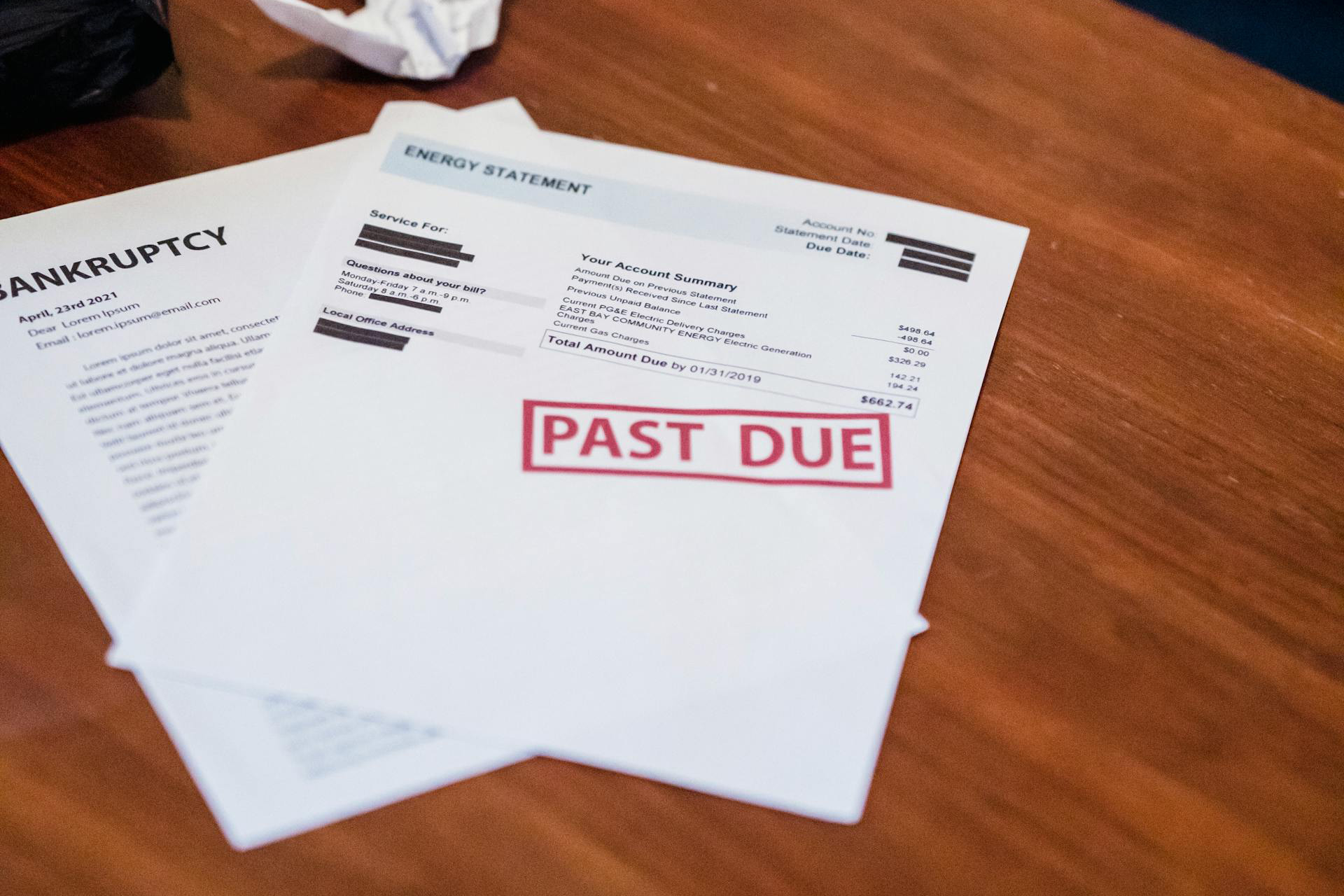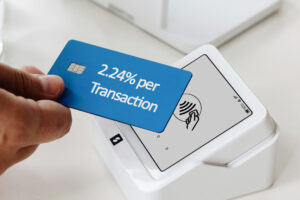Having bad credit can feel like hitting a financial wall. Denied for loans. Rejected for credit cards. Higher interest rates on everything. But here’s the truth: bad credit is not the end — it’s a starting point.
You can rebuild. It won’t happen overnight, but with the right plan and consistent effort, you’ll see your score improve. This guide breaks down exactly what to do when your credit is in bad shape — step by step.
Step 1: Get Your Credit Reports (For Free)
Start by knowing exactly what’s on your report. Visit AnnualCreditReport.com to get your free reports from all three major credit bureaus — Experian, TransUnion, and Equifax.
What to look for:
- Late payments
- Accounts in collections
- Charge-offs
- High balances
- Any accounts you don’t recognize (possible fraud or errors)
Step 2: Dispute Any Errors
Credit report errors are more common than you think — and they can hurt your score. If you see anything inaccurate, file a dispute directly with the credit bureau.
Examples of disputable errors:
- Accounts that don’t belong to you
- Incorrect balances or payment status
- Duplicate listings
- Outdated negative marks (older than 7 years)
Each bureau must respond within 30 days. Keep records of your disputes.
Step 3: Bring Accounts Current
If you’re behind on payments, catch up ASAP. Payment history makes up 35% of your credit score, so this step is critical.
- Call creditors and negotiate a payment plan
- Ask if they’ll “re-age” your account (some will remove late payments if you make 3–6 on-time payments going forward)
- Set up automatic payments so you never miss again
Step 4: Pay Down Credit Card Balances
Your credit utilization ratio (how much of your available credit you’re using) makes up 30% of your score. The lower your balances, the better.
- Aim to use less than 30% of your limit
- Under 10% is ideal for fast score improvement
- Focus on paying down the cards with the highest balances or highest interest
Even small reductions can make a big impact.
Step 5: Don’t Close Old Accounts
It may be tempting to “clean house,” but closing old credit cards can actually hurt your score by:
- Reducing your overall credit limit (which increases your utilization)
- Lowering your average account age
Unless the card has an annual fee or fraud risk, keep it open and active — even if you use it just once a month for a small purchase.
Step 6: Add Positive Credit Activity
To rebuild, you need new positive data going forward. Some options:
- Secured credit card – Pay a refundable deposit and use it like a regular card
- Credit builder loan – Small loans held in a savings account, repaid monthly
- Authorized user – Ask a family member with good credit to add you to their card
- Report rent/utility payments – Use services like Experian Boost, Self, or RentReporters
Step 7: Avoid New Hard Inquiries (Unless Necessary)
Every time you apply for credit, a hard inquiry is added to your report and can slightly lower your score. Too many hard inquiries in a short period looks risky to lenders.
Be strategic:
- Avoid unnecessary applications
- Focus on “pre-qualification” offers that use soft pulls
- Space out applications by 6 months or more
Step 8: Create a Budget and Emergency Fund
Bad credit is often linked to not having a plan for your money. Build a simple monthly budget that includes:
- Minimum debt payments
- Extra debt payoff money
- Emergency savings (start with $500–$1,000)
This helps you avoid falling behind when unexpected expenses pop up.
Step 9: Be Consistent and Patient
Rebuilding credit isn’t instant. It usually takes 3–12 months to see major progress — but the changes are real and lasting if you stick with it.
Check your score monthly using:
- Credit Karma (VantageScore)
- Experian (FICO)
- Your credit card or bank app
Celebrate progress, even if it’s slow.
Final Thought
Bad credit doesn’t define you — it just reflects past decisions. What matters more is what you do next.
With the right moves — checking your reports, fixing errors, lowering debt, and building new habits — you can recover and come back stronger than ever. Your credit score is never permanent, but your effort can have a permanent impact.




